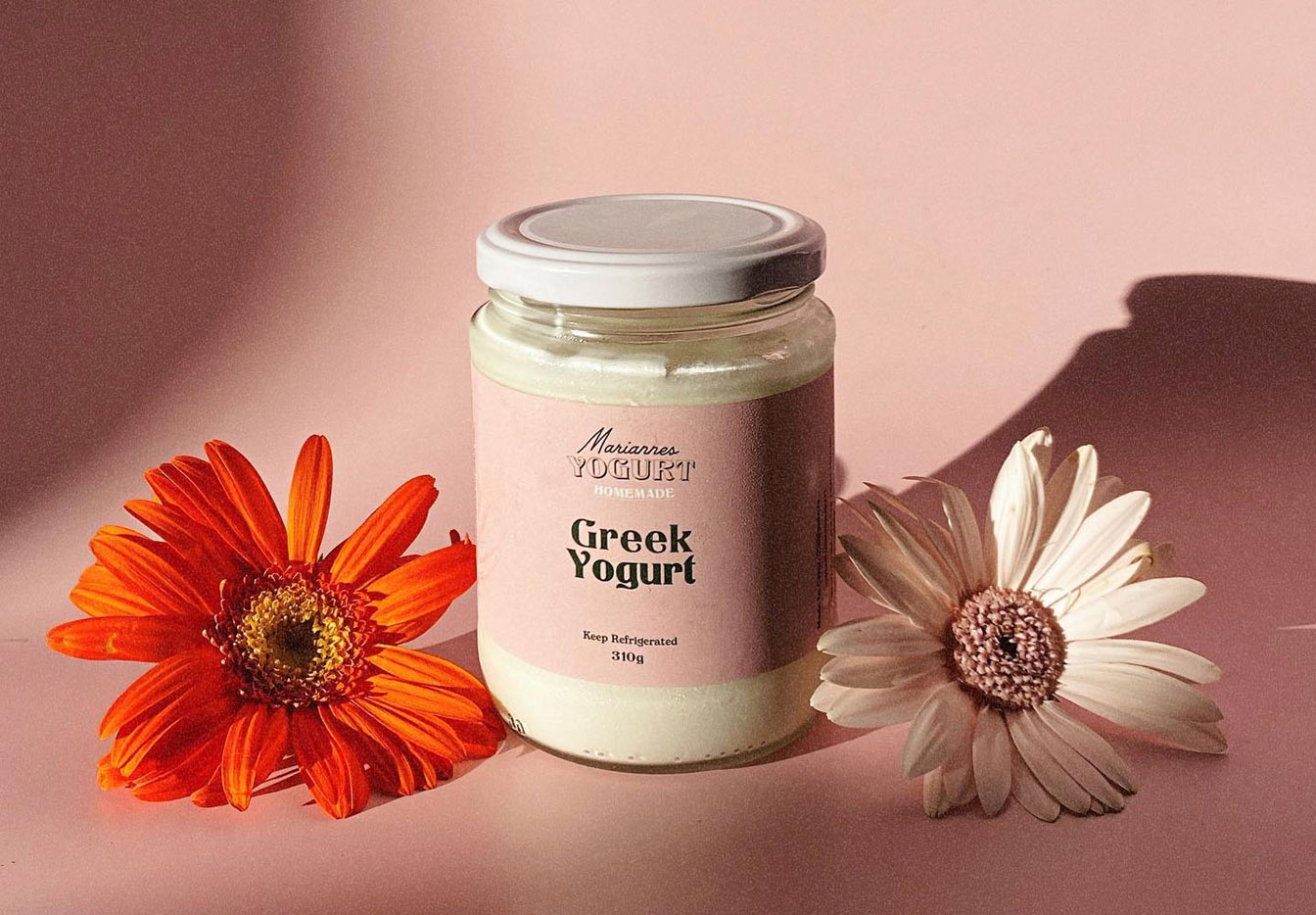With family gatherings coming up this Christmas season, it’s time to highlight local delicacies, particularly kakanin.
Kakanin are famous Filipino desserts made up of rice, rice flour, or glutinous rice. In fact, the word kakanin is derived from kanin, which can mean “cooked rice”; and kain, which means “to eat.” It speaks of how we Filipinos really are rice eaters.
These desserts are sticky and sweet. In superstition, kakanin are served in family gatherings such as Christmas and New Year to have a tighter and sweeter relationship.
Here are some of the kakanin that will give you a homey feeling this Christmas season.
Biko
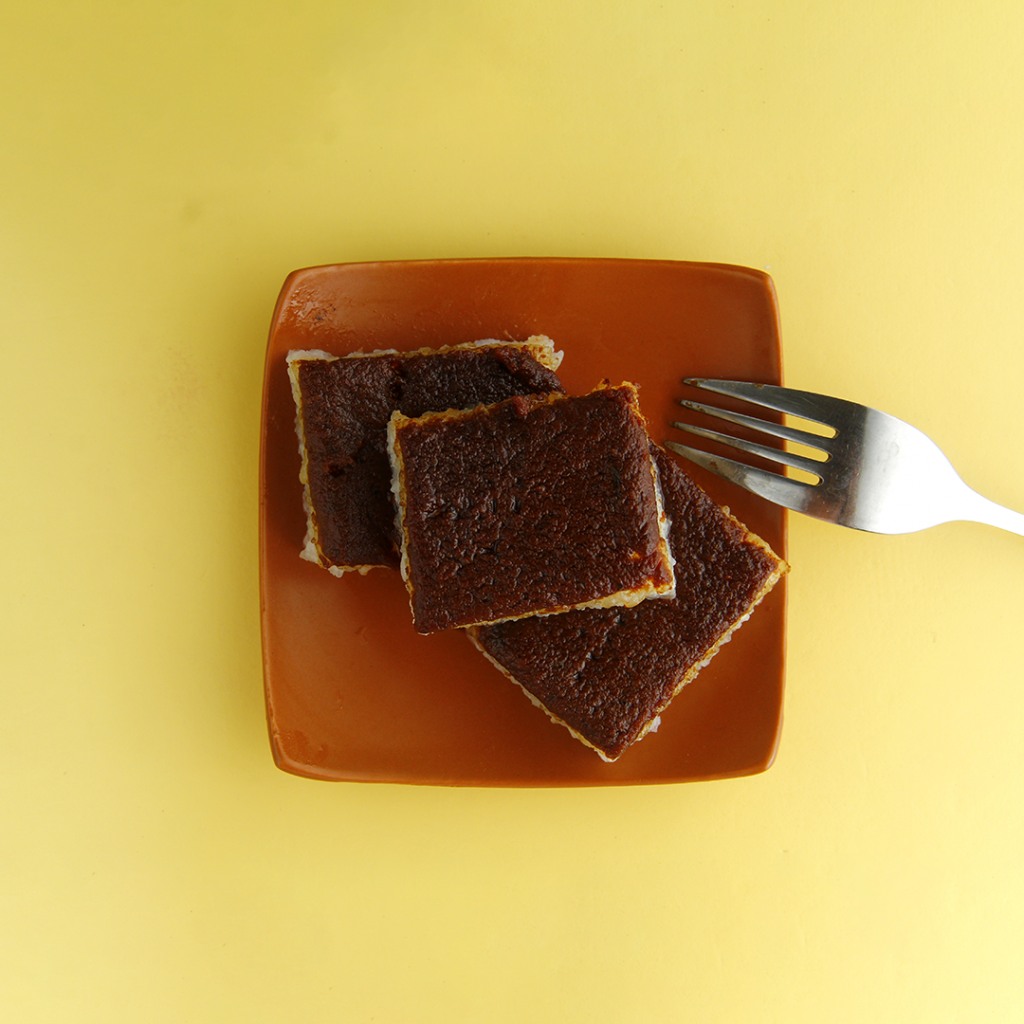
A staple in Filipino households on special occasions such as weddings, funerals, town fiestas, birthdays, Christmas, and New Year. Sometimes, biko is offered to the departed loved ones by putting it on their tomb on All Saints’ Day as symbol of a close-knit relationship even after they have passed away. Aside from serving it on occasions, biko is also a delicacy that can be eaten any time of the day and can be paired with any refreshments.
Biko is made from glutinous rice, coconut milk, brown sugar, and a little bit of muscovado sugar. This delicacy is topped with latik, a gooey, sticky caramelized brown sugar with coconut milk. Aside from latik, it can be topped with crushed or halved nuts.
Puto Bumbong
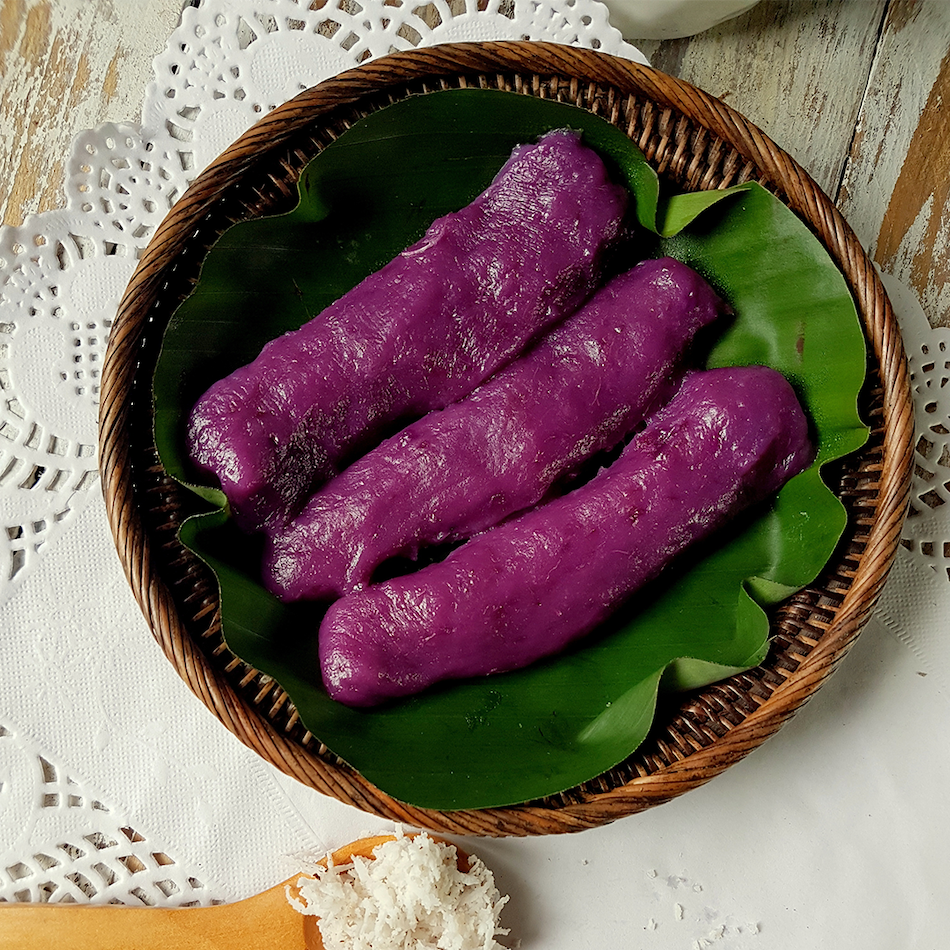
When you think of Simbang Gabi, Puto Bumbong is one of the first kakanin that will come to every Filipino’s mind. Its smell is always all over the place after attending the Mass as the kakanin vendors would place their carts near the Church.
This sweet purple-hued dessert is made of white glutinous rice combined with pirurutong rice or the black glutinous rice which makes the delicacy soft, sticky and aromatic. This mixture is steamed in greased bamboo tubes. Once cooked, it is placed in banana leaves with grated coconut, cheese, muscovado, or brown sugar as a topping.
Kutsinta
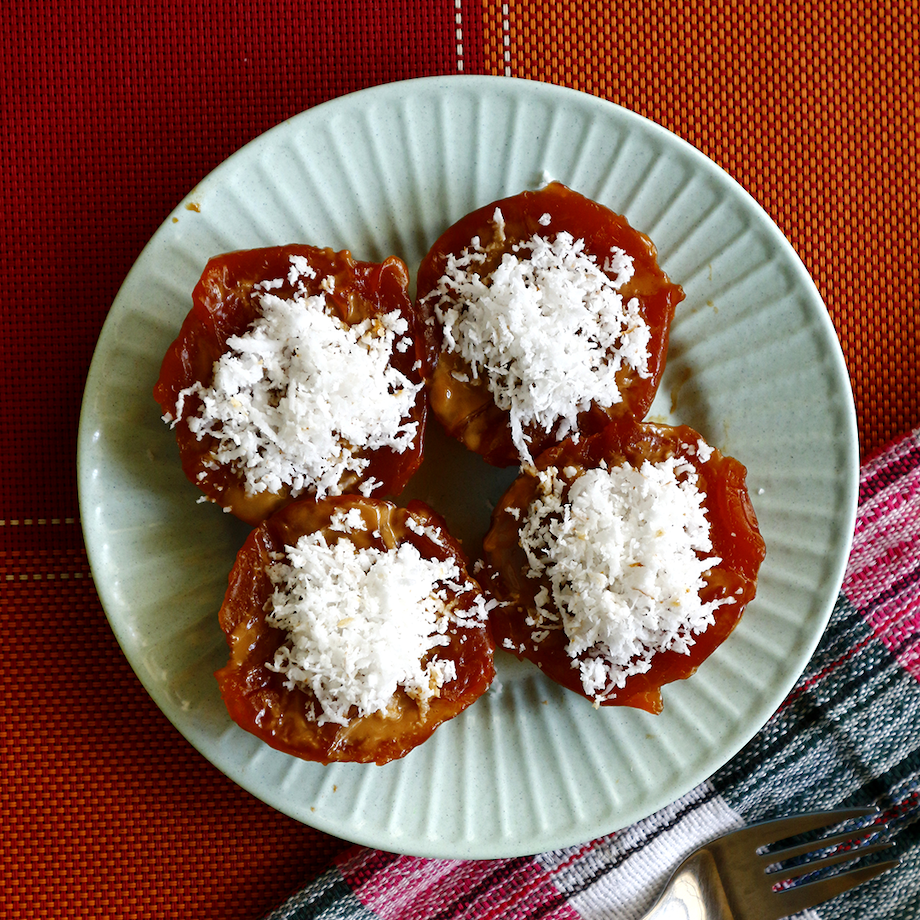
“Puto Kutsintaaaaa”
Every Filipino neighborhood must have heard this in the morning at some point! Some may consider this as their alarm clock or a signal to have a pamainit or appetizer before a heavy breakfast. Kutsinta can be paired with any beverages such as coffee, milk, juice, etc. Although this kakanin is usually sold in the morning, it can also be consumed any time of the day.
Kutsinta or a brown rice cake is a soft and chewy type of kakanin in the Philippines. It is made of rice flour mixed with all-purpose flour, brown sugar, and lye water mold in a small cup. It is best served with grated coconut.
Palitaw
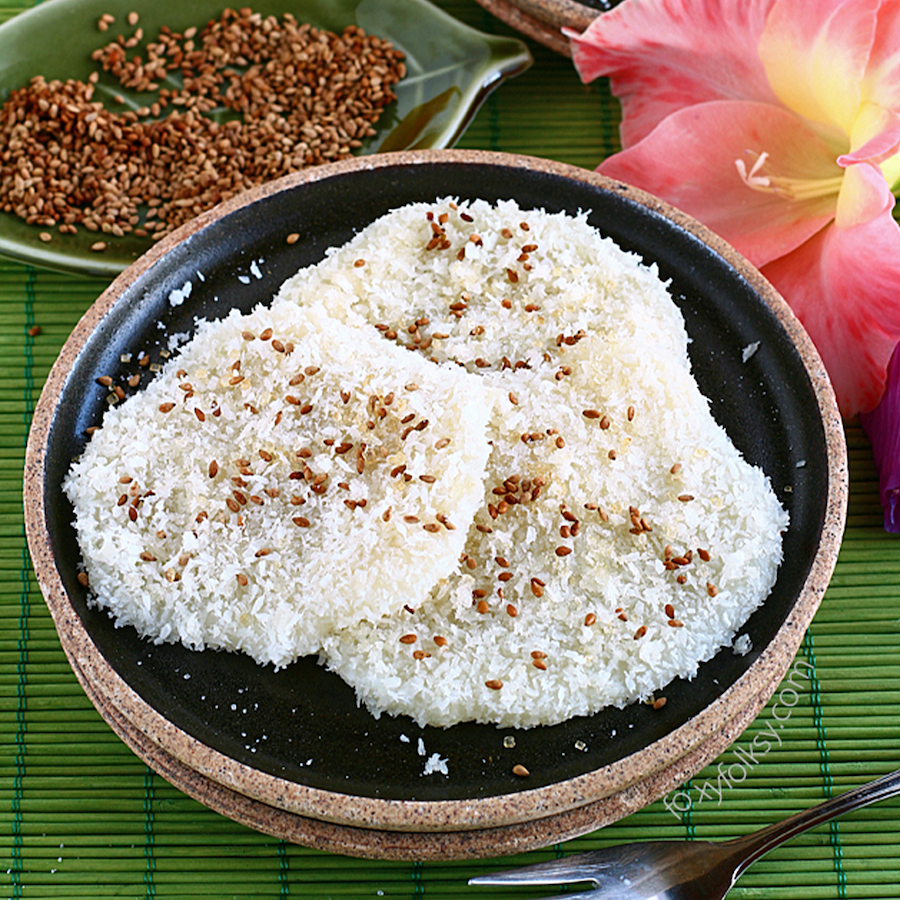
It is another go-to merienda and dessert kakanin in the Philippines, also often served in special occasions like birthdays, weddings, and funerals. It is perfect with black coffee as the sweetness of this kakanin can blend well with the bitterness of the coffee.
Palitaw is a sweet white flat kakanin served with grated coconut and sugar. It is made of grounded and pounded glutinous rice and water, formed like a dough, and molded into a round shape before it is flattened and cooked in boiling water until it floats. That is why it is called palitaw because “litaw” in English is float.
Puto Maya and Sikwate o Tsokolate

A perfect sweet and salty combination for breakfast to jumpstart every Filipino’s day. It is a popular breakfast pamainit in the Philippines. Hence, it is served in Philippine hotels, restaurants, or even at public markets in the Philippines.
Puto maya is a kakanin made of glutinous rice, sweetened coconut milk, and ginger. Some puto maya have tapol rice or purple glutinous rice. It is served and wrapped in banana leaves in triangle form. The best pair for puto maya is sikwate, a drink made of tablea or cocoa tablets, and brown sugar. Some people also prefer eating puto maya with mango on the side to have a tangy-sweet combination.
Budbud or Suman
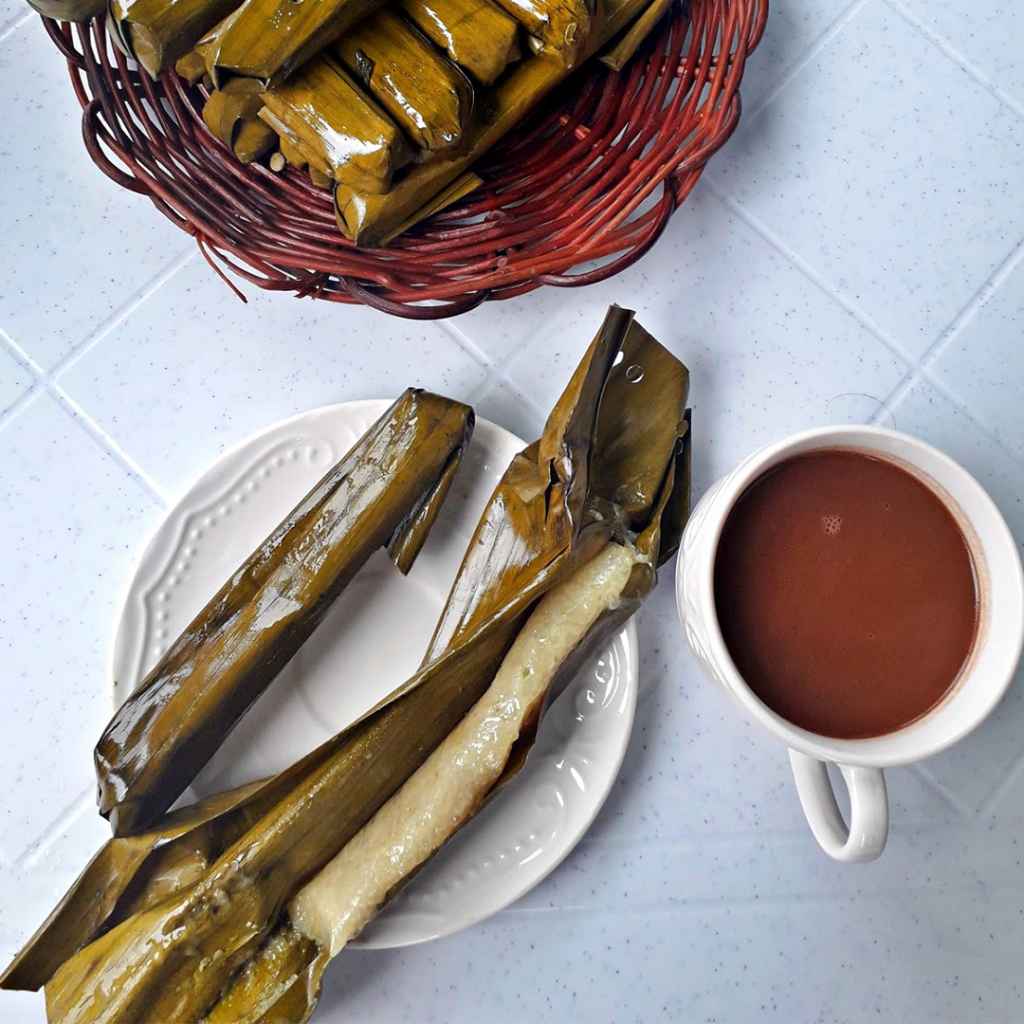
This kakanin has varieties of flavors in every part of the Philippines but all of them are wrapped in a banana leaf. Suman or budbud can be served any time of the day and is one of the favorite meriendas of the Filipinos. It is made up of glutinous rice and coconut milk and is usually paired with brown sugar to enhance its sweetness.
Other kinds of suman include muron, made of milk-infused rice flour layered with cocoa-infused rice flour and sprinkled with crushed peanuts; and suman kamoteng kahoy, made of cassava and sugar. Meanwhile, the budbud kabog originated from Cebu and is distinctive for its texture and flavor. It is rarely sold these days due to the decreasing production of the kabog grain which is its main ingredient.
Masi
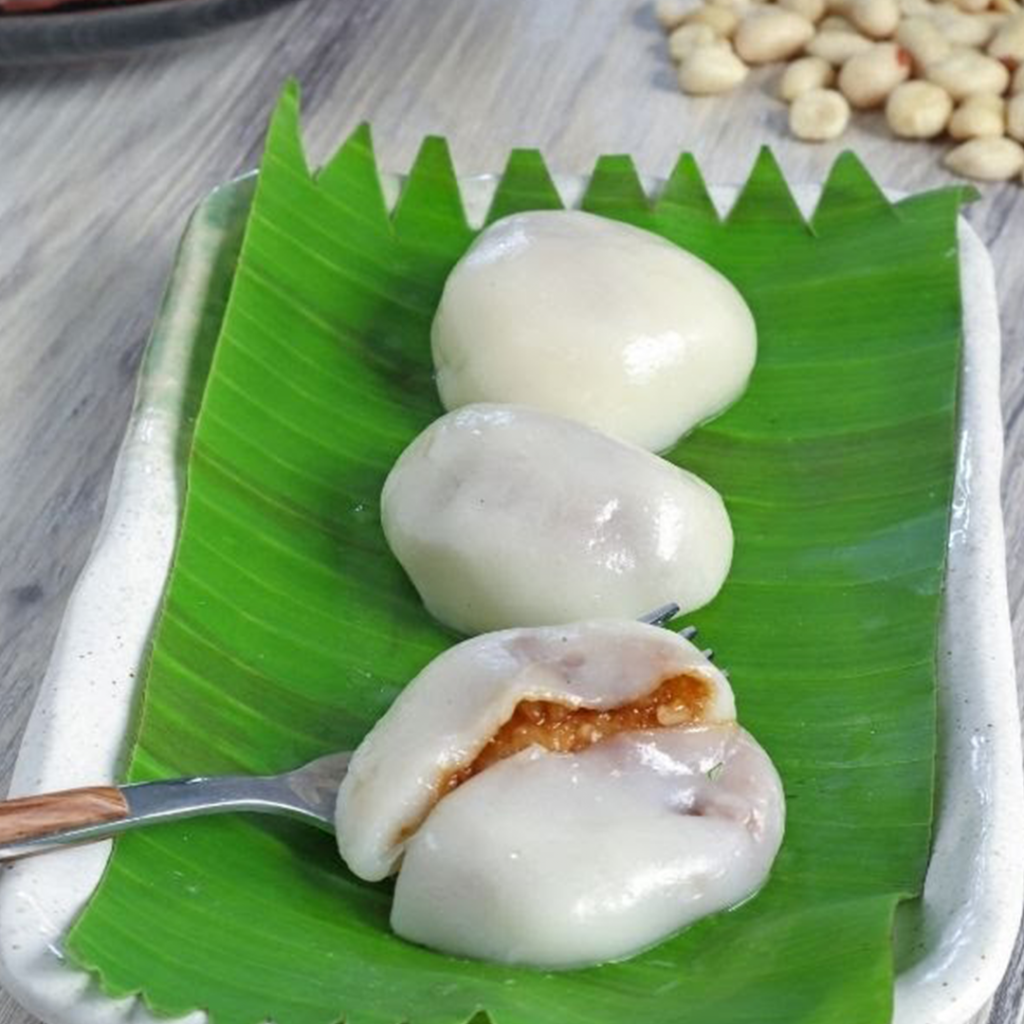
This is the Filipino version of Japanese mochi and Chinese Buchi. Yes, it is somewhat the same but it varies in its texture and filling. Masi is one of the favorite Filipino kakanin, especially in Cebu. When you visit Liloan, Cebu you can see a lot of masi vendors which sell a variety of masi flavors such as ordinary peanut, chocolate, and ube or purple yam. It only costs at least Php 5.00 and your sweet tooth will be satisfied.
Masi is made up of ground glutinous rice filled with peanut butter or crushed peanut with muscovado. It is cooked in boiling water until it floats. Traditionally, it is wrapped in banana leaves for it to be more aromatic.
Sapin-Sapin
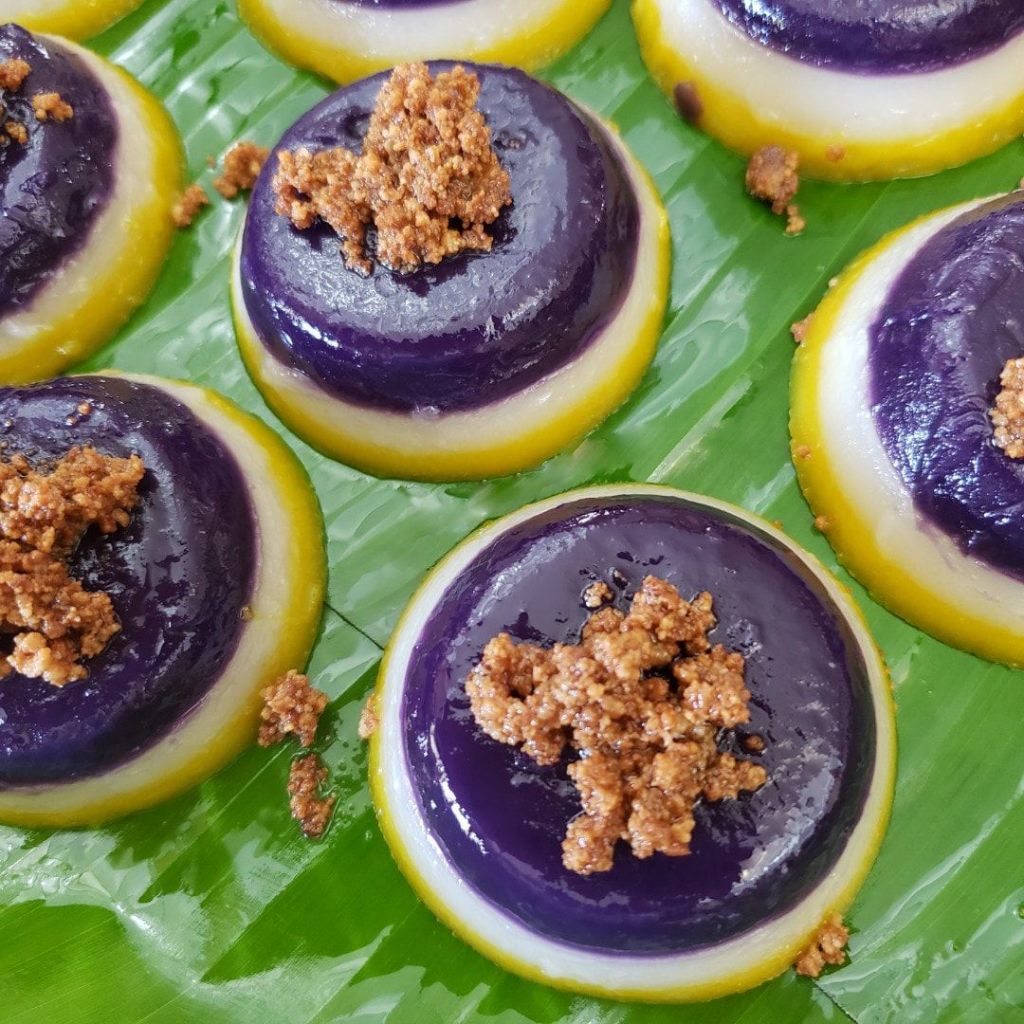
This three-layered dessert is one of the famous kakanin in the Philippines. It is known as sapin-sapin because sapin in English is underlayer. Sapin-Sapin is layered with different colors and flavors. It is composed of a jackfruit layer, a coconut layer, and a purple yam layer.
Although every layer has a different flavor, the flavors are well-blended. This glutinous rice-based dessert is sweet, soft, chewy, and sticky, and is sprinkled with crushed peanuts for more texture.





